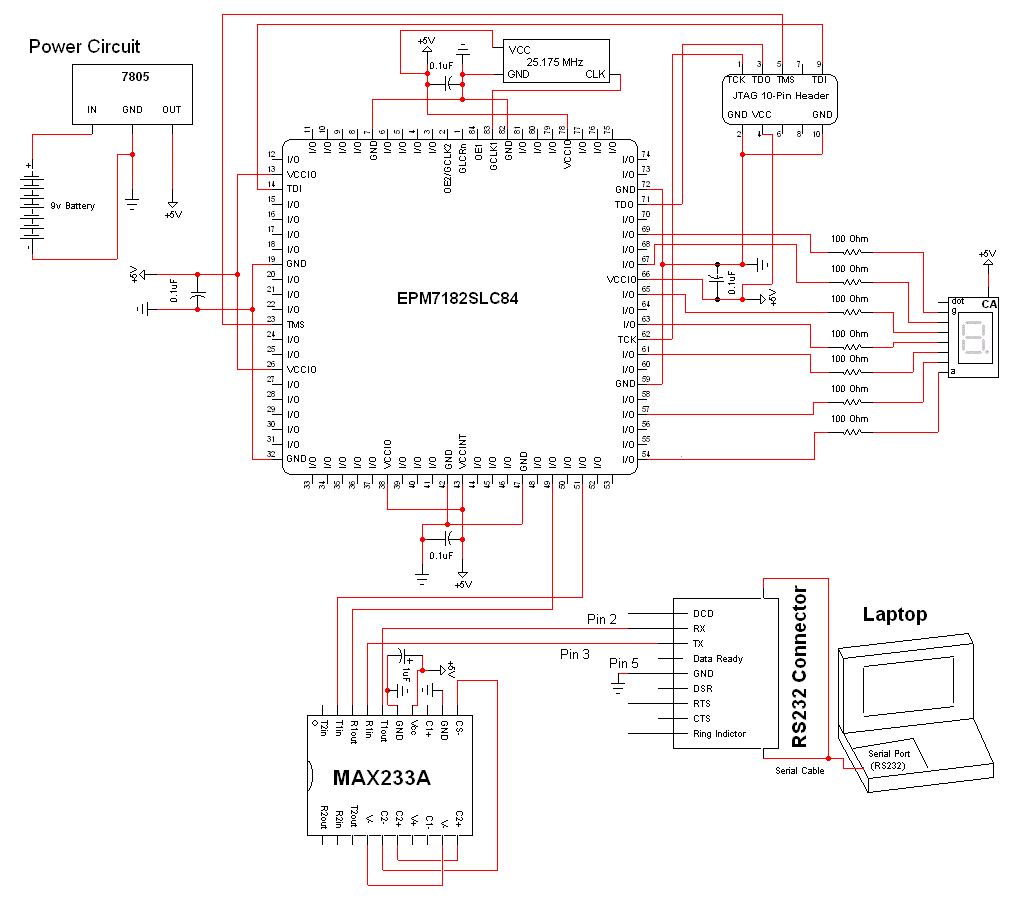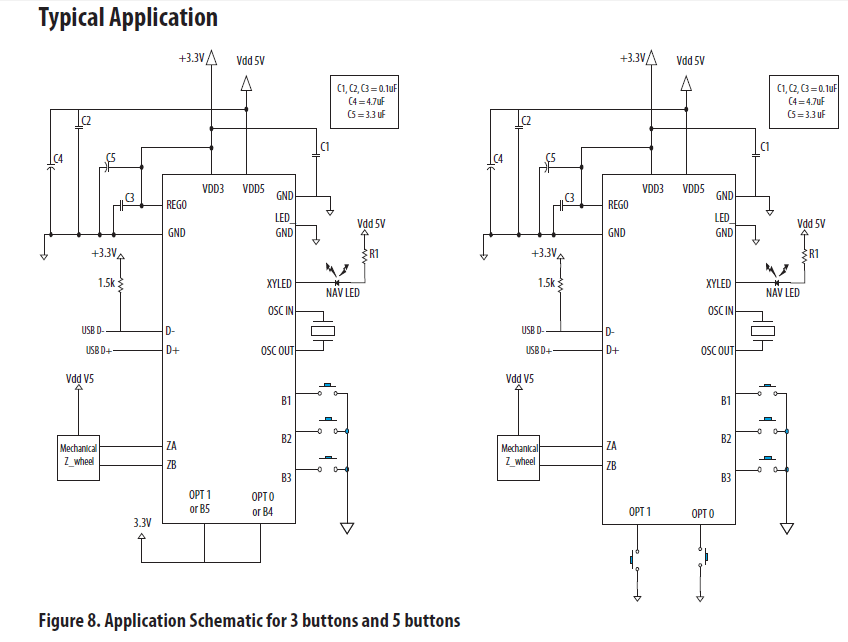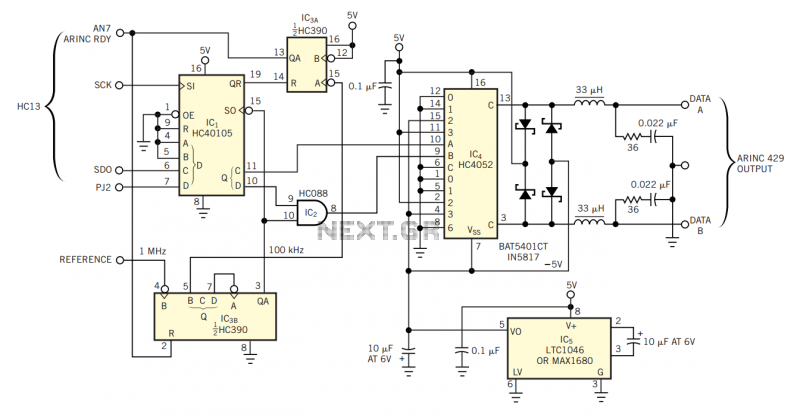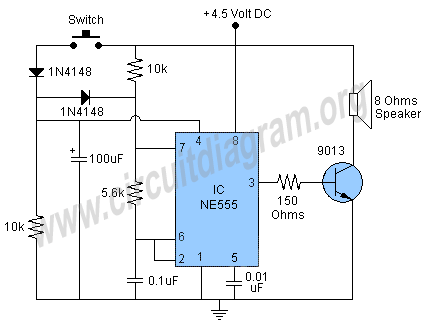
Single Transistor Audio Mixer Circuit
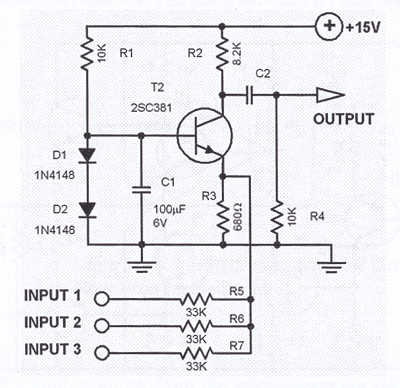
This single transistor audio mixer is utilized in an amplifier circuit design featuring a base-driven transistor, with its emitter being current-controlled.
This audio mixer circuit employs a single transistor to facilitate the mixing of audio signals. The transistor operates in a common emitter configuration, where the input audio signals are fed to the base terminal. The base current controls the transistor's operation, allowing it to amplify the audio signals effectively.
The use of a base-driven transistor enables the circuit to achieve a high input impedance, making it suitable for interfacing with various audio sources without significantly loading them. The emitter current control mechanism allows for better stability and linearity in the amplification process, ensuring minimal distortion of the audio signals.
In this design, resistors are typically used to set the biasing conditions for the transistor, ensuring that it operates in the active region. Coupling capacitors may be included at the input and output stages to block any DC components, allowing only the AC audio signals to pass through. This is crucial for maintaining the integrity of the audio signals being mixed.
The output of the mixer can be connected to subsequent stages in an audio amplification system, such as additional amplifiers or equalizers. The simplicity of this single transistor audio mixer makes it an ideal choice for basic audio mixing applications, providing an efficient and effective solution for combining multiple audio sources into a single output signal.This single transistor audio mixer is used in an amplifier circuit design with base driven transistor and with its emitter being current controlled, most o.. 🔗 External reference
This audio mixer circuit employs a single transistor to facilitate the mixing of audio signals. The transistor operates in a common emitter configuration, where the input audio signals are fed to the base terminal. The base current controls the transistor's operation, allowing it to amplify the audio signals effectively.
The use of a base-driven transistor enables the circuit to achieve a high input impedance, making it suitable for interfacing with various audio sources without significantly loading them. The emitter current control mechanism allows for better stability and linearity in the amplification process, ensuring minimal distortion of the audio signals.
In this design, resistors are typically used to set the biasing conditions for the transistor, ensuring that it operates in the active region. Coupling capacitors may be included at the input and output stages to block any DC components, allowing only the AC audio signals to pass through. This is crucial for maintaining the integrity of the audio signals being mixed.
The output of the mixer can be connected to subsequent stages in an audio amplification system, such as additional amplifiers or equalizers. The simplicity of this single transistor audio mixer makes it an ideal choice for basic audio mixing applications, providing an efficient and effective solution for combining multiple audio sources into a single output signal.This single transistor audio mixer is used in an amplifier circuit design with base driven transistor and with its emitter being current controlled, most o.. 🔗 External reference
Warning: include(partials/cookie-banner.php): Failed to open stream: Permission denied in /var/www/html/nextgr/view-circuit.php on line 713
Warning: include(): Failed opening 'partials/cookie-banner.php' for inclusion (include_path='.:/usr/share/php') in /var/www/html/nextgr/view-circuit.php on line 713


